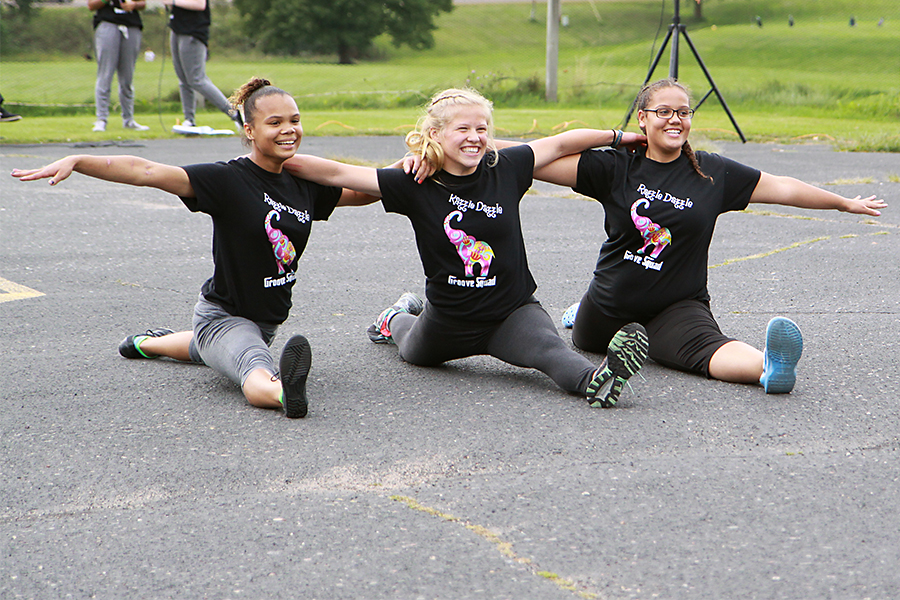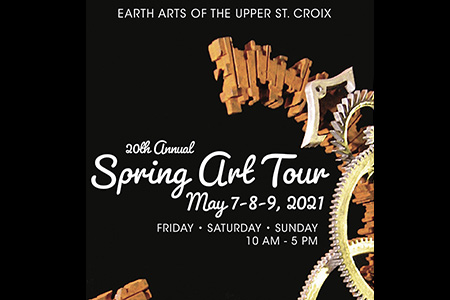CONNECTING TO A THERAPEUTIC LIFESTYLE THROUGH DANCE
A natural passion for dance struck the halls of Prairieview this winter, it quickly blossomed into a therapeutic phenomenon. We have learned throughout our history of therapeutic interventions with youth that people heal through a variety of channels. We know that real, sustainable change occurs when our clients connect with their community, explore their identity, develop their passions, appreciate time in nature, attend to their relationships, discover effective recreation opportunities, learn healthy nutritional habits, and move their bodies. Often those things can come together in powerful ways. Join the young women of Prairieview as they build relationships, develop strength and stamina, and rejoice in dance.
See below for the origin story of this joy filled feat of self expression taking place right here.
The Birth of a Legend
This year, Prairieview found itself in the midst of a dance phenomenon. The girls spent their down time dancing to music, dancing to the Wii games for fitness, and on the weekends they began requesting further dance fitness routines. There was spinnin’, poppin’, and jumpin’ on both units. Girls began protesting; requesting (if not downright begging) for dance competitions. With these given talents and interests of the girls, as well as the innate therapeutic value of dance, our psychological interest was perked. Plotting, proposing and planning began as the co-founders established the goals, mission and purpose. As the New Year was born, so was Prairieview’s Razzle Dazzle Dance Squad.
Mission Ahead
In the months that followed, the girls engaged in weekly practices and frequently additional practices amongst themselves. At first, they stretched and stumbled with more than few grumbles and frowns but over time with increasing enthusiasm and investment. Multiple songs were learned and rehearsed. Warm-ups were advocated for. Stretching leaders were chosen. Girls with interest or background rose to the top and gracefully became leaders; often naturally guiding and assisting girls without experience. The renegade pop-and-lock competitions died down and instead the unit was fueled with requests for additional dance time particularly for solo and duet projects that also were individually advocated for and created by each individual girl. Girls who had little or no dance experience slowly grew more confident in their “new moves.” Still other girls whom chose not to perform due to cultural, religious. or personal beliefs, participated with valuable encouragement, critiques, dress rehearsals, flyers, and even MC’ing our first performance. The girls slowly, and at first a bit begrudgingly, took ownership, investing in the group and ultimately in their performance. On that day, each one of the girls were skittish and flustered as their debut approached. It all worked though. The uncertain sound system, the nervous girls, the much anticipated audience and a lovely reception after their grand finale. In the end, each girl glowed with pride, laughed, genuinely encouraged one another and celebrated that one special moment.
Why Dancing?
Dancing is far more than a rite of passage for many adolescent girls (and some boys). Dancing itself is expressive and inherently cathartic. It holds the power to improve emotional, cognitive, physical and social arenas. Studies have shown that dancing is beneficial to one on a physical level as it can increase muscle tone, endurance, and strength. It can also improve balance, coordination, agility and offers a fun avenue for cardio fitness. On top of all this, dance directly benefits mental health. Research shows that dance is effective for mood management, increased self-awareness, improved self-esteem, and it can provide a healthy avenue for the expression of emotions. It is often used for stress reduction and can be incorporated into yoga and mindfulness practices.
Dancing and the PassageWay
Learning to dance is a powerful expression of living a therapeutic lifestyle, a key component to the PassageWay. By learning to plan and practice new choreography, participants are actively “avoid avoiding” by taking one small step at a time in order to learn a much bigger, more complicated dance and reach completion of their goal. Furthermore, as participants work towards smaller, more achievable goals before reaching the long term goal (and fantastic performance) they are working on mastery itself. Learning dance movements and choreography requiring active participation and mindfulness as it is necessary for participants to be fully present, in mind and body, as they practice and master dance skills. For some girls, using dance as an expression of emotion can in itself be a coping skill and valuable as a built-in aspect of PLEASE MASTER to achieve further emotional regulation. Finally, and perhaps most importantly, for long term success, dance is an aspect of the therapeutic lifestyle that can easily be transferred from treatment into the community via dance therapists, dance teams throughout schools nationwide, and private dance organizations. This in turn prevents success within a vacuum and instead offers participants a real-life opportunity to implement skills that they are invested in, enjoy, and are valuable towards their personal and emotional success within the community.
Resources
For additional information on the therapeutic value of dance can be found at:
American Dance Therapy Association. (2016). What is Dance/Movement Therapy. American Dance Therapy Association. Retrieved on June 2nd, 2016 https://adta.org/faqs/
Castillo, S. (2012). The Happiness Trick You Haven’t Tried. Prevention. Retrieved on June 2, 2016 from http://www.prevention.com/mind-body/emotional-health/dancing-shown-help-boost-happiness-and-mental-health
Jackson, M. (2004). Dance Therapy for Mental Patients. British Broadcasting Company. Retrieved June 2, 2016 from http://news.bbc.co.uk/2/hi/health/3551063.stm
Nauert PhD, R. (2015). Dance Can Improve Mental Health of Teen Girls. Psych Central. Retrieved on June 2, 2016, from http://psychcentral.com/news/2012/11/22/dance-can-improve-mental-health-of-teen-girls/48024.html
Meet the Author
GINA LUNDERVOLD-FOLEY, LPC-IT | Clinician
Gina’s work is focused around an awareness that the kids she serves have already struggled in their communities and often throughout many other therapies and placements. She sees kids come to us with no sense of hope and no one to believe in them. She believes healing is possible but for that to happen, they must have hope. Gina strives to instill hope in her kids by providing a safe place with her, to grow to trust in a therapeutic relationship, and to work toward change. She works with each of her clients to explore their past and themselves in whatever way is needed so that they can be successful in the community.
- Specialties: DBT, CBT, ITCT-A, Narrative Therapy, Save Person-Centered Approach
- Education: BA, Family Social Science; MS, Clinical Psychology
- Memberships: IPPA, IATP, Association for the Development of the Person-centered Approach
- With Northwest Passage since 2014
“Dancing is magical! It sets my mind and heart free.”
Spring Fling
________
Last Chance Summer Dance
________
Northwest Passage is dedicated to providing access to all eight elements of living a therapeutic lifestyle in a myriad of unique ways. We foster and celebrate staff who take a creative approach to this challenge. Thank you for taking a moment to share the origins story of a dance troop that has taken the Prairieview program by storm and has become a place of renewal, friendship, fun, and more for our girls.
SHARE




Recent Comments